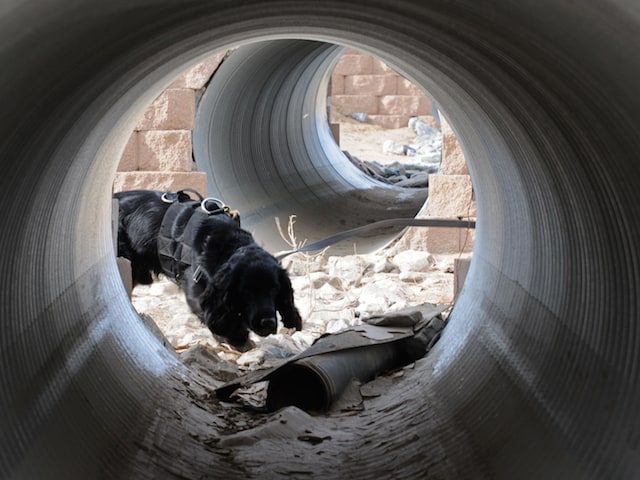Quantum dot sensor simultaneously identifies multiple explosives
Scientists at University College London have developed a quantum dot sensor that can detect multiple explosives simultaneously.
The university says the proof-of-concept sensor is designed to quickly identify and quantify five commonly used explosives in solution to help track toxic contamination in waste water and improve the safety of public spaces.

Lead researcher, Dr William Peveler, UCL Chemistry, said: "This is the first time multiple explosives have been detected using a single sensor before, demonstrating proof-of-concept for this approach. Our sensor changes colour within 10 seconds to give information about how much and what explosives are present in a sample. Following further development, we hope it will be used to quickly analyse the nature of threats and inform tailored responses."
Register now to continue reading
Thanks for visiting The Engineer. You’ve now reached your monthly limit of news stories. Register for free to unlock unlimited access to all of our news coverage, as well as premium content including opinion, in-depth features and special reports.
Benefits of registering
-
In-depth insights and coverage of key emerging trends
-
Unrestricted access to special reports throughout the year
-
Daily technology news delivered straight to your inbox










Water Sector Talent Exodus Could Cripple The Sector
Well let´s do a little experiment. My last (10.4.25) half-yearly water/waste water bill from Severn Trent was £98.29. How much does not-for-profit Dŵr...